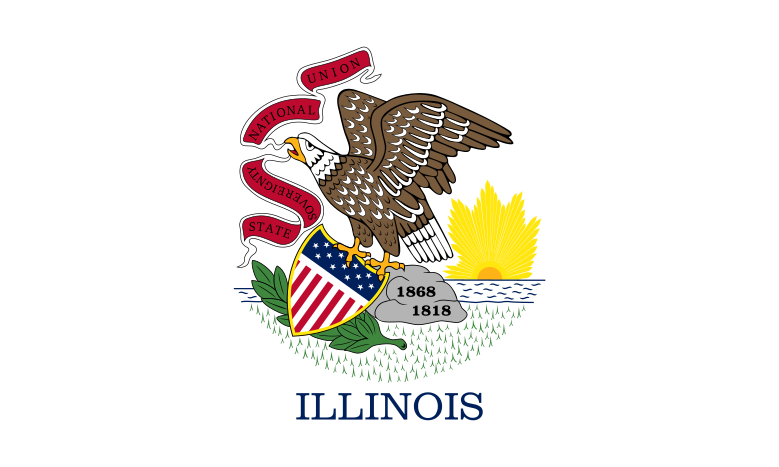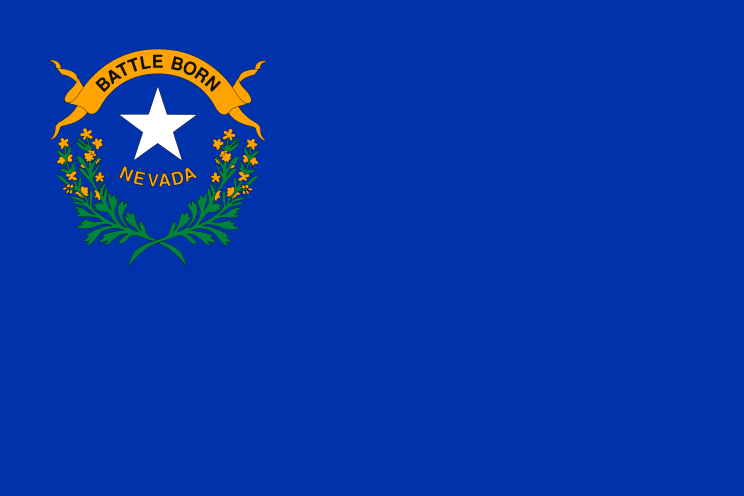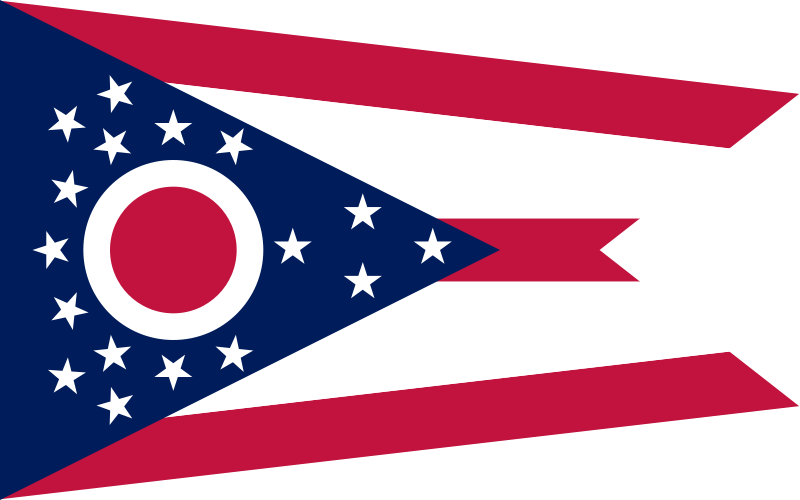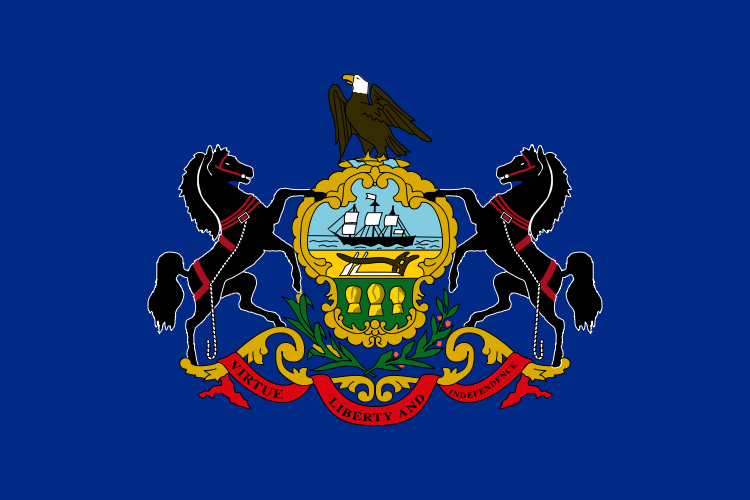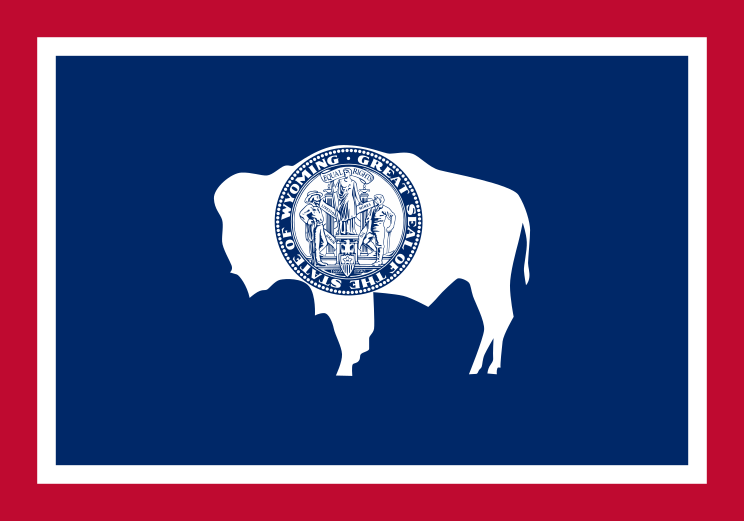not far from Hiroshima, in the Seto Inland Sea, is (yet another) one of the most holy places in all of Japan: the island of Miyajima. more properly known as Itsukushima, Miyajima means "Palace Island", or "Shrine Island", and is renowned, oddly enough, for its large Shinto shrine. the island was considered so sacred that until fairly recently neither pregnant women nor older folks were allowed on it for fear they would die while there and thus pollute the place. now of course, they let anyone on, even us gaijin (foreigners). transit to the island is still by boat, but back in the day those actually allowed to visit would have taken smallish vessels and would have approached the shrine through a large o-torii set out in the sea.

Jill and i pose in front of the ultra famous o-torii at the Itsukushima Shrine, said to be one of the three most photographed sights in all of Japan.
we got pretty lucky in our timing, because the gate just sits on a mud flat when the tide is out, which seems to be much of the time. we think the picture looks better with water beneath it, but you can judge the results of our (Jill's) tripod-assisted efforts for yourself. the weather was great for this part of the trip, as it had been in Hiroshima, and all the tourists were out on the island, along with the native wildlife. apparently, deer are considered sacred animals in Shinto, thought to be messengers of the gods. as such, they are given special status and are free to roam the island in search of food or play--or what interesting things all those tourists have brought with them.

Jill pets a Miyajima deer--after shooing it away from our bag that it was trying to eat.
like most places in Japan, the island of Miyajima has a food or two that gives it nationwide repute. in our hometown of Nagoya, the food that brings the travelers is a special type of noodle called Kishimen, which looks and almost tastes a lot like fettuccine. nevertheless, people really do come from all over Japan just to try real Nagoyan noodles in their own element. Likewise, people visit Hiroshima specifically to try Okonomiyaki, a type of open omelet. befitting its diminutive size, the island proffers small pastries filled with various goodies, all baked in the shape of the maple leaves for which Miyajima is also well known. Going home without a box of these for the folks back at the office would render the average salryman's claims to ever having been in such a famed spot more than suspect, nevermind a digital camera full of pictures of the o-torii. in Japan, it's all about the food.

Miyajima and its delights, clockwise from top left: the actual Itsukushima Shrine, looking out over the Seto Inland Sea; the maple leaf that is used as an icon everywhere on the island; the fire roasted mussels that also draw gastro-tourists to Miyajima; and the famous Momiji manju cakes, this one filled with "chiizu kuriimu" (cheese cream).
while it wasn't the food that took us to Miyajima, we did indulge ourselves with some satisfaction while there; though i am writing about it, however, note that i'm not writing home, so to speak. i did have a plate of very large mussels that had been roasted over a large fire, and they were pretty good, but still maybe not worth an entire trip. nevertheless, Miyajima was nice place to visit even after accounting for the hordes of tourists, and i would recommend a half-day trip there from Hiroshima. just don't bother packing a lunch.

Jill and i pose in front of the ultra famous o-torii at the Itsukushima Shrine, said to be one of the three most photographed sights in all of Japan.
we got pretty lucky in our timing, because the gate just sits on a mud flat when the tide is out, which seems to be much of the time. we think the picture looks better with water beneath it, but you can judge the results of our (Jill's) tripod-assisted efforts for yourself. the weather was great for this part of the trip, as it had been in Hiroshima, and all the tourists were out on the island, along with the native wildlife. apparently, deer are considered sacred animals in Shinto, thought to be messengers of the gods. as such, they are given special status and are free to roam the island in search of food or play--or what interesting things all those tourists have brought with them.

Jill pets a Miyajima deer--after shooing it away from our bag that it was trying to eat.
like most places in Japan, the island of Miyajima has a food or two that gives it nationwide repute. in our hometown of Nagoya, the food that brings the travelers is a special type of noodle called Kishimen, which looks and almost tastes a lot like fettuccine. nevertheless, people really do come from all over Japan just to try real Nagoyan noodles in their own element. Likewise, people visit Hiroshima specifically to try Okonomiyaki, a type of open omelet. befitting its diminutive size, the island proffers small pastries filled with various goodies, all baked in the shape of the maple leaves for which Miyajima is also well known. Going home without a box of these for the folks back at the office would render the average salryman's claims to ever having been in such a famed spot more than suspect, nevermind a digital camera full of pictures of the o-torii. in Japan, it's all about the food.

Miyajima and its delights, clockwise from top left: the actual Itsukushima Shrine, looking out over the Seto Inland Sea; the maple leaf that is used as an icon everywhere on the island; the fire roasted mussels that also draw gastro-tourists to Miyajima; and the famous Momiji manju cakes, this one filled with "chiizu kuriimu" (cheese cream).
while it wasn't the food that took us to Miyajima, we did indulge ourselves with some satisfaction while there; though i am writing about it, however, note that i'm not writing home, so to speak. i did have a plate of very large mussels that had been roasted over a large fire, and they were pretty good, but still maybe not worth an entire trip. nevertheless, Miyajima was nice place to visit even after accounting for the hordes of tourists, and i would recommend a half-day trip there from Hiroshima. just don't bother packing a lunch.








































